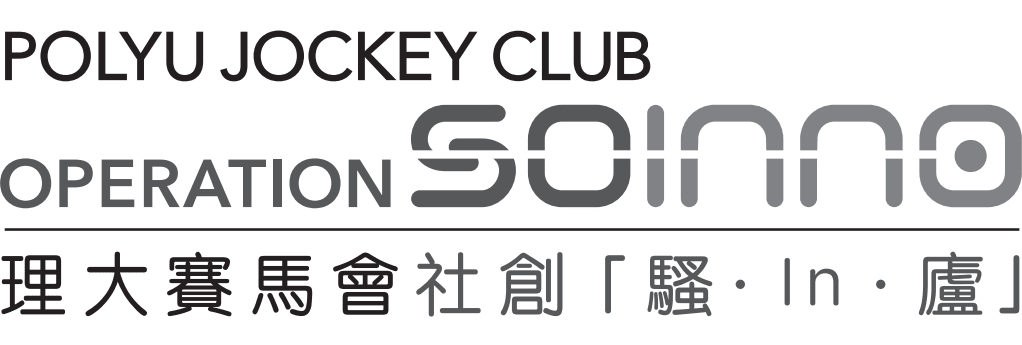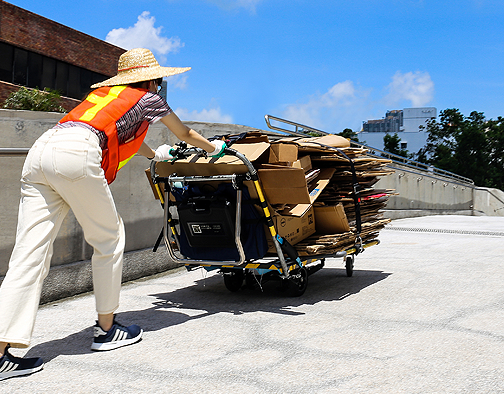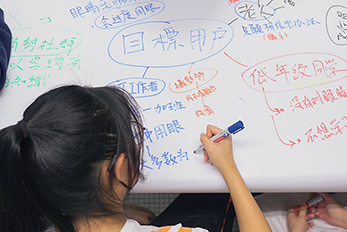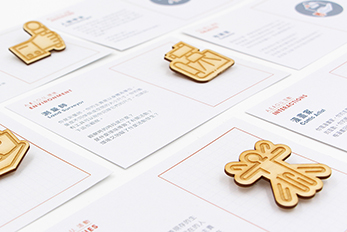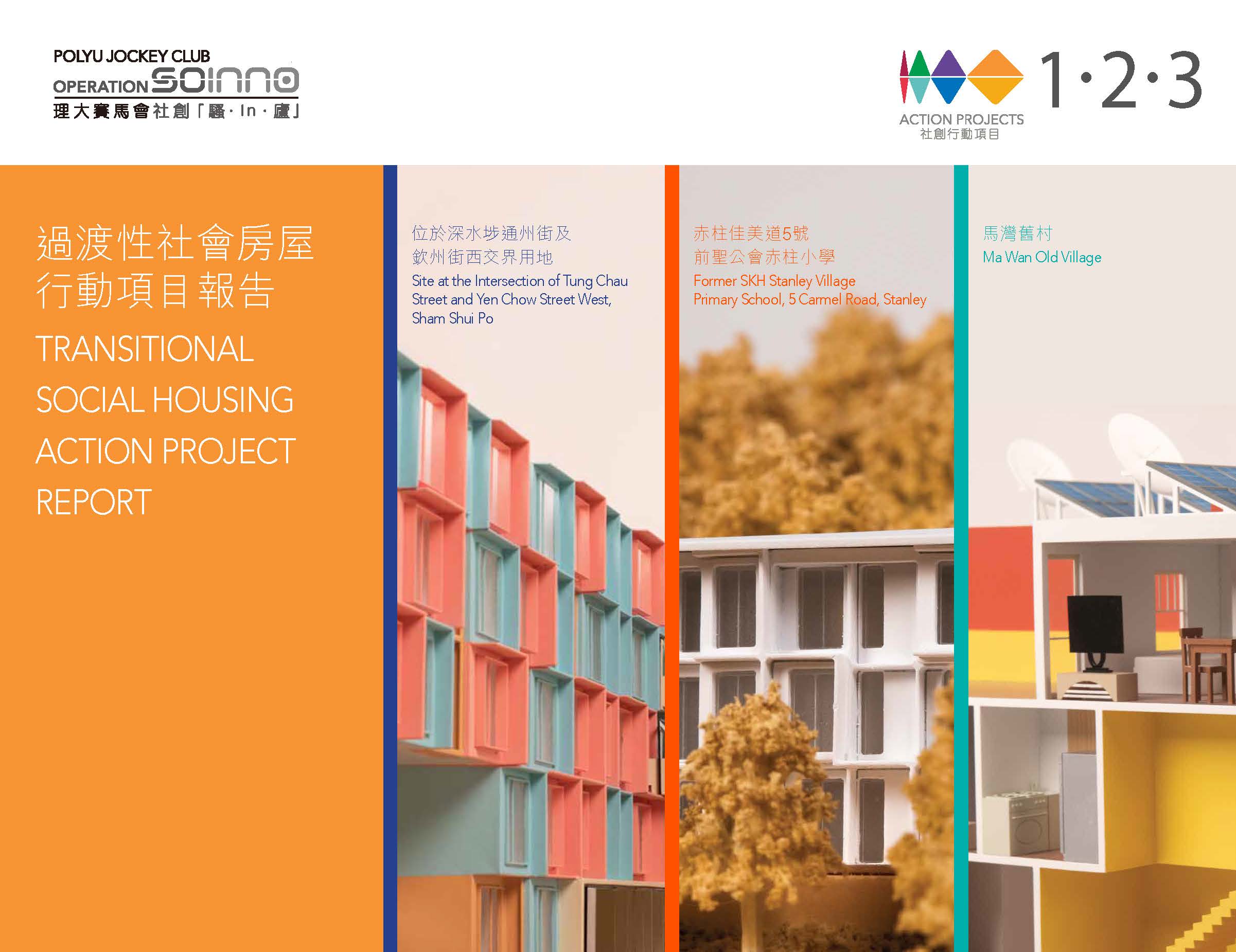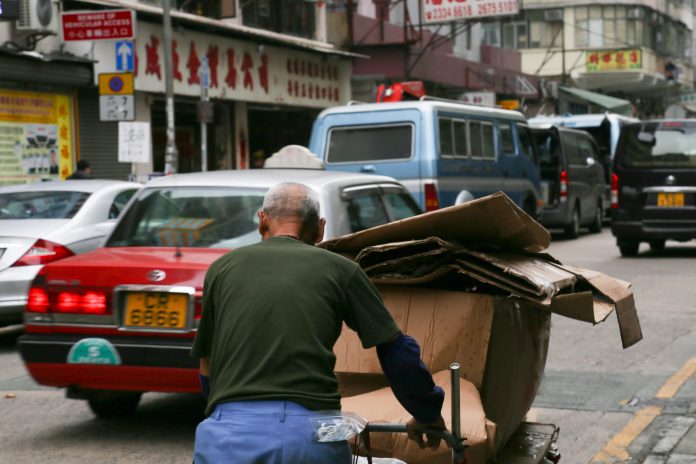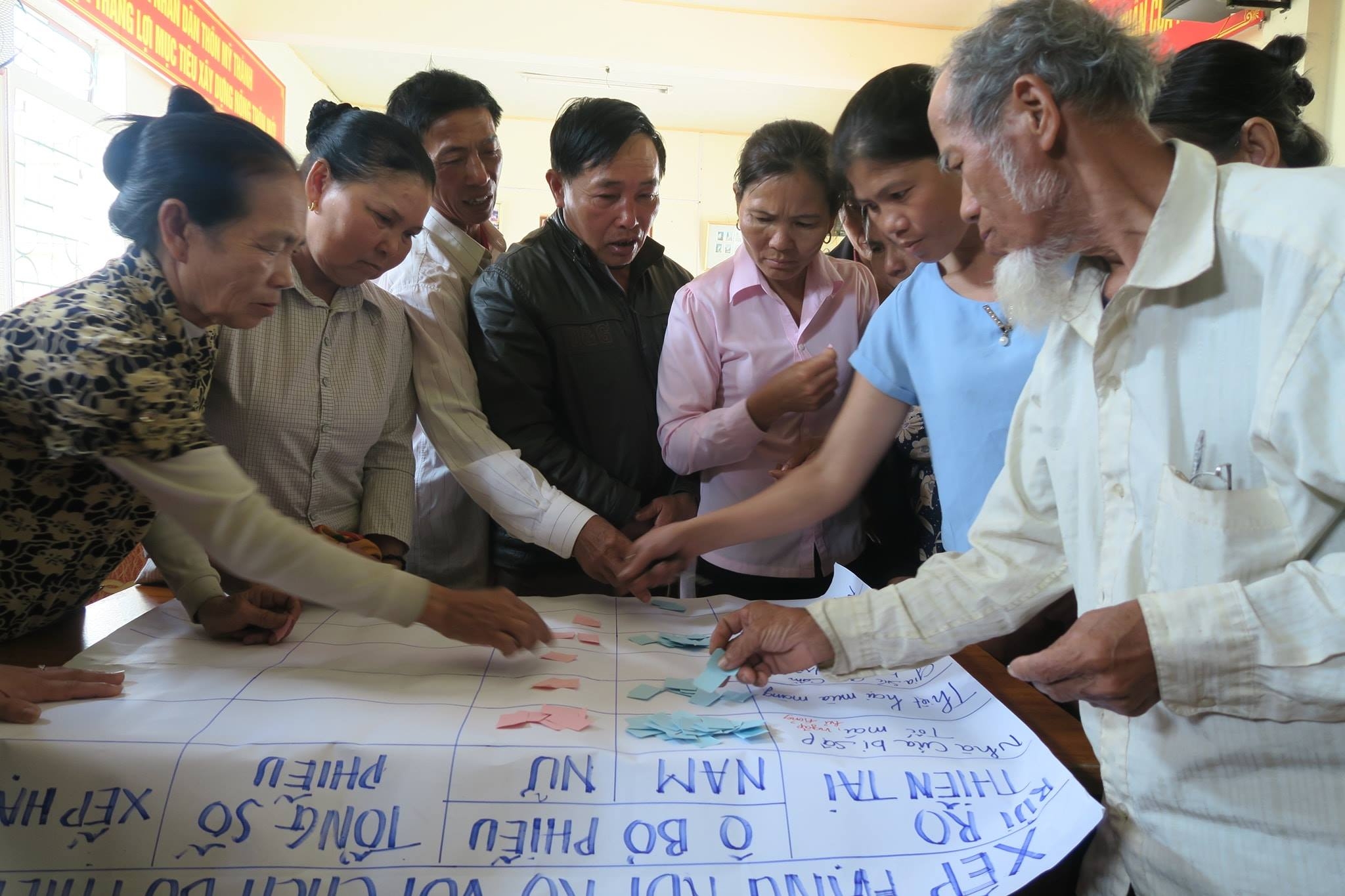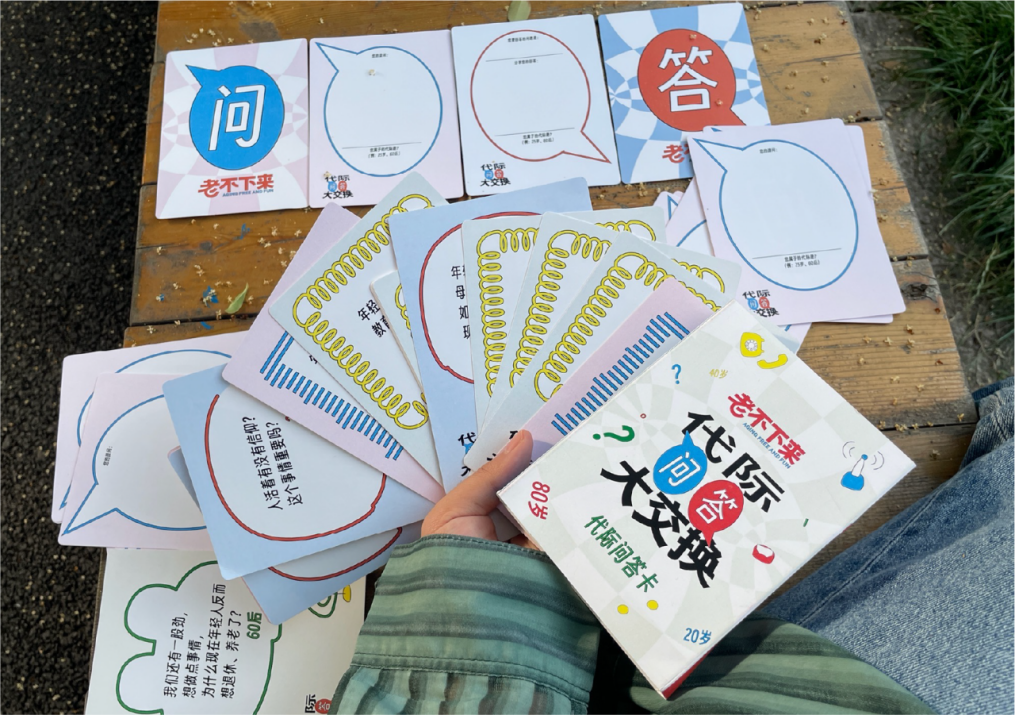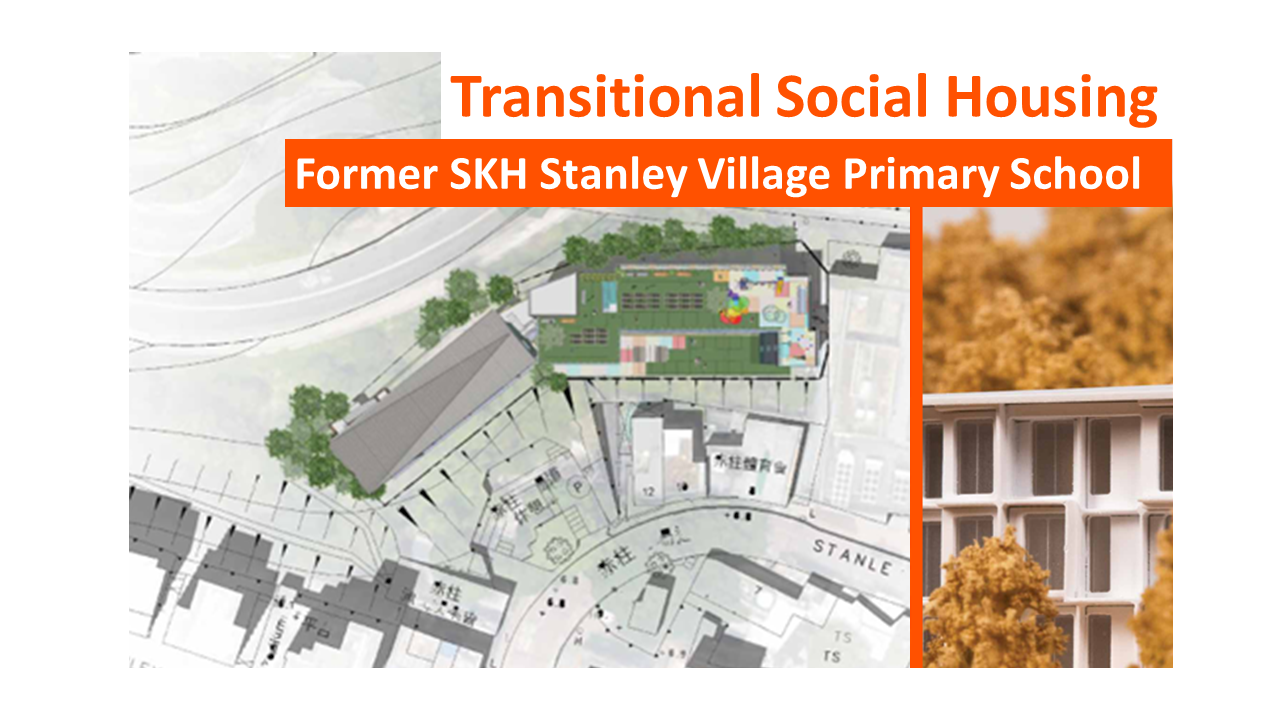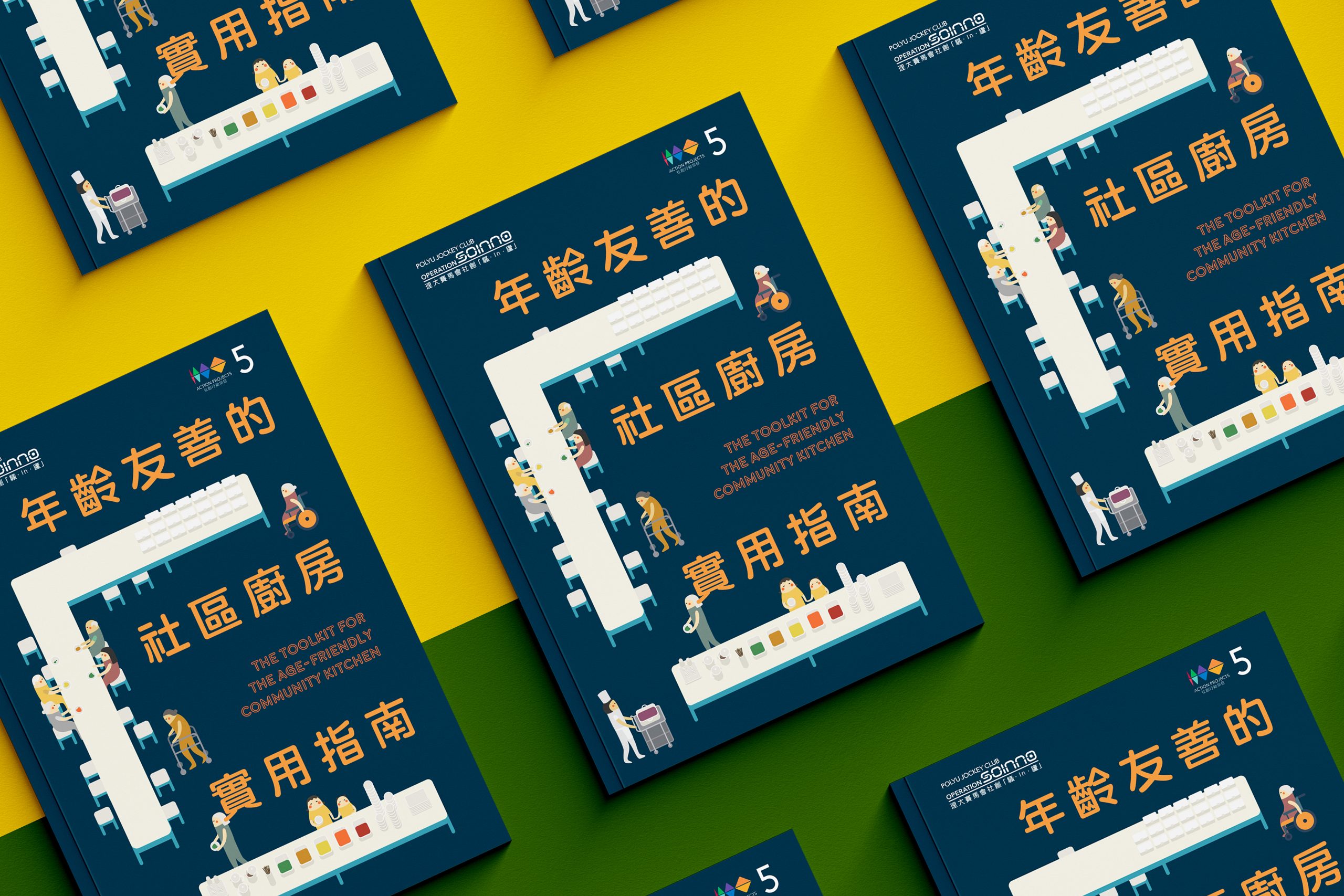OVERVIEW
In Hong Kong, street waste pickers are one of the major contributors to the recycling industry. They collect up to 193 tons of recycling papers or cardboards every year, which accounts to 20% of the total volume of Municipal Solid Waste recycled. Statistically, most of the waste pickers aged over 60 years old. They are on the frontline to tackle your municipal Waste problem by sorting out the recyclables, yet, they are usually being socially excluded because of its aversive nature of work.
“Co-designing an Iron Trolley for Cardboards Recycling” is one of the Action Projects of “PolyU Jockey Club ‘Operation SOINNO’ Season 2 Programme “Empathising Elderly in Workplace”. The aim of the project is to pool together efforts from different parties to re-design the work trolley used by street waste pickers in order to reduce their work strain, increase their work safety and upholding their dignity.
THE OUTCOMES
Through a series of public engagement design thinking workshops, more than half of a year on research and developments, a second version of prototype on recycling trolley had been created. A public launch event of the new designed named as Recycling Trolley was organised in a community. Waste picking grannies who had involved in the design process were invited to conduct users’ test and helped to refine the design.
The event and the product had attracted mass media’s attention. Dozen of the news articles reported the Recycling Trolley as well as the paying attention to the working condition of street waste pickers.
The real production of Recycling Trolley with the supports of NGOs have further enhanced the community concerns about waste pickers.
Two explicit outcomes have been development in the later stage of the project. First, a service proposal has been designed to support the waste pickers in the community and earned funding support from a private funder. Second, a research proposal on deeper understanding of waste pickers has been developed and leaded by professor in Applied Social Science of PolyU.
THE PROCESS
Inspiration
High building density and narrow roads in Hong Kong create a unique urban landscape in which trolleys are often the choice of transport for loading and unloading goods in short trips.
As known by the observations and research results, the design team understood that waste pickers are mainly the elderly over 60 years old; some are even well into their nineties. They collect recyclable materials (cardboard, aluminum cans, metals and plastic bottles, etc.) and sell them to recycling centers. They often use trolleys to transport their goods.
Recognizing the value of their work can eradicate the deep-rooted prejudice towards waste pickers. Additionally, this can restore dignity to the group of elderly workers. It is with this aim that the co-design team works to improve the design of trolleys, an essential tool of the workers, and thus improving their productivity and educate the public about the nature of their work.
Ideation
Over six of months, the design team had made comprehensive observations of the trolleys that used by street waste pickers, as well as the routed that they usually walked through. Design considerations of a recycling trolley were obtained though the consolidation of research results.
Upholding “down-to-earthness” and waste pickers’ needs, the new designed trolley is made to be safer, more labour saving, and adaptable to local environment.
The features of the new designed trolley are easy in lifting up to kerbs, easy navigation, with the function of breaks on the rear wheels, locking device, goods of same weight are more stable on the new recycling trolley when compared with the traditional trolley.
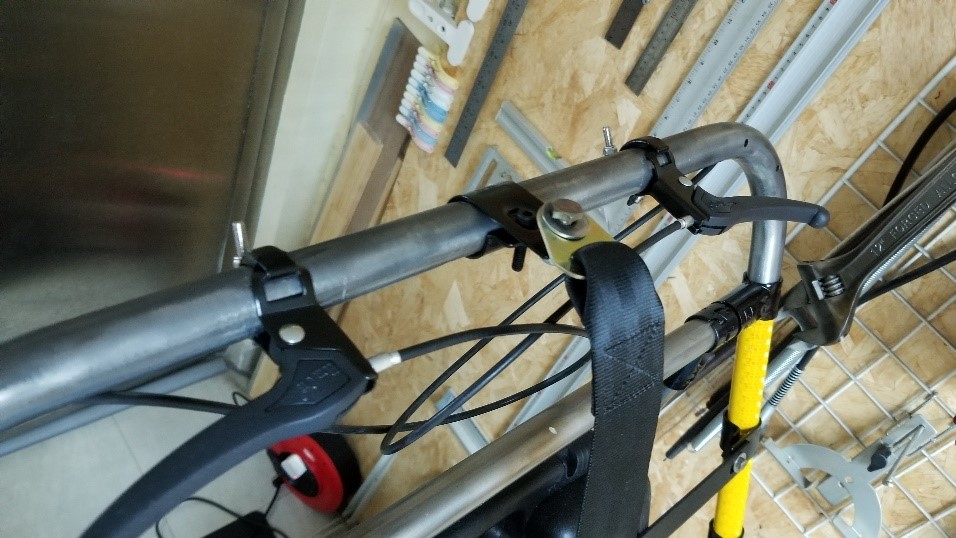
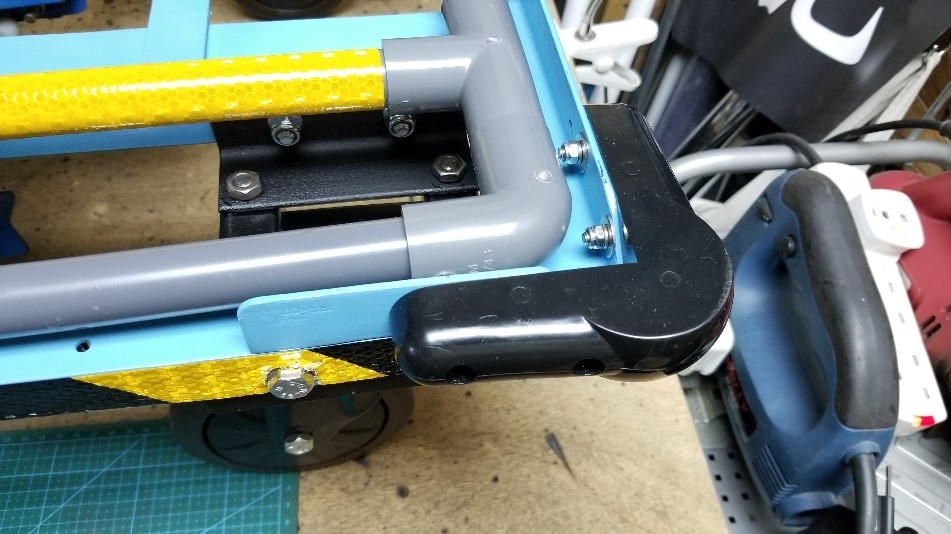
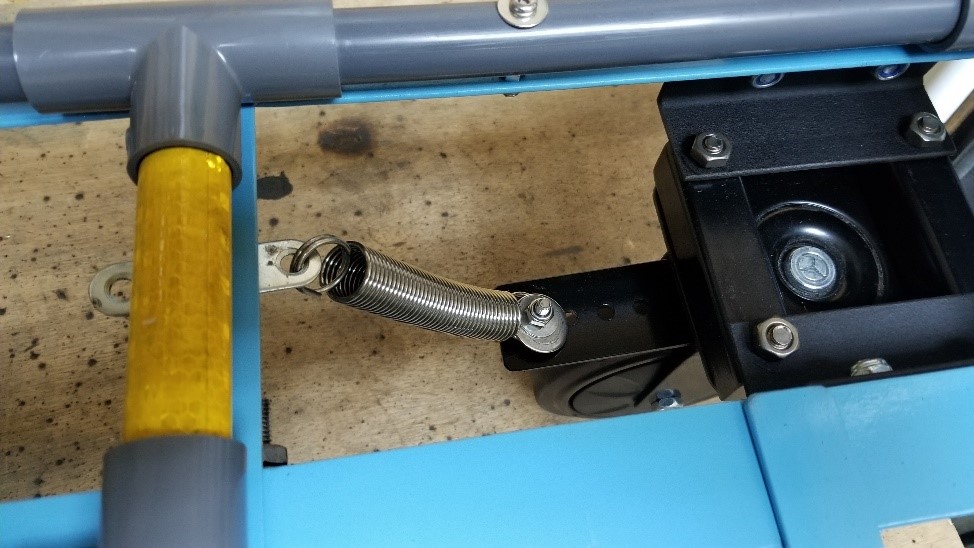
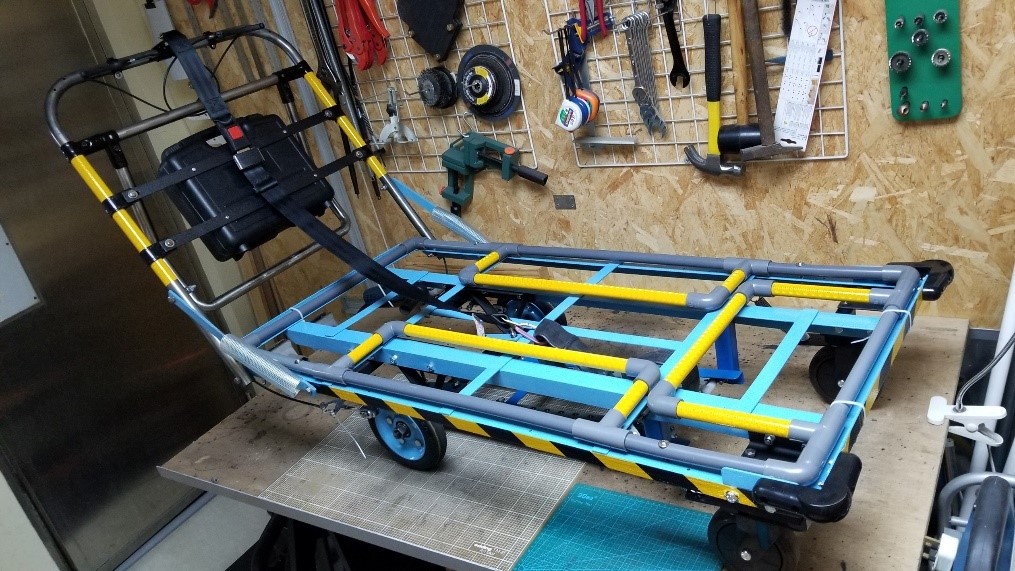
Implementation
The design team had developed a proposal of implementation on the support waste pickers service with two organizations (Waste Pickers Platform and The Evangelical Lutheran Church of Hong Kong). The proposal was supported by Vera Ruttonjee Desai Charitable Fund for two years pilot run. Dozen of trolleys were produced and distributed to street waste pickers and supported them with health check-ups as well as network buildings. A project name called Pickers’ Link has kicked off in Oct 2021.
